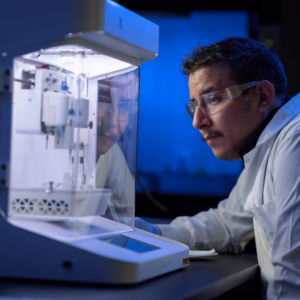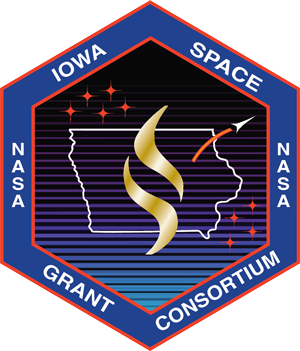 Graphene is a 2D sheet of carbon atoms with diverse chemical and physical properties, such as high electrical conductivity and mechanical strength, that is suitable for large-scale production. This material has been widely studied over the past decade and is commonly used for the development of electrochemical sensors, such as ion-selective electrodes (ISEs), which measure the activity of an ion in a solution. Current ISEs are designed for the detection of different ions in biochemical and biophysical research. However, these ISEs suffer from low signal-to-noise ratio and poor long-term stability, making it difficult to apply in complex matrices like food, soil, and water.
Graphene is a 2D sheet of carbon atoms with diverse chemical and physical properties, such as high electrical conductivity and mechanical strength, that is suitable for large-scale production. This material has been widely studied over the past decade and is commonly used for the development of electrochemical sensors, such as ion-selective electrodes (ISEs), which measure the activity of an ion in a solution. Current ISEs are designed for the detection of different ions in biochemical and biophysical research. However, these ISEs suffer from low signal-to-noise ratio and poor long-term stability, making it difficult to apply in complex matrices like food, soil, and water.
This work focuses on fabricating laser-induced graphene (LIG) on a polyimide substrate using a CO2 laser (wavelength (λ) = 10.6 μm), and electrochemically depositing platinum nanoparticles to increase the stability (signal-to-noise ratio) of LIG based ISEs. After the nanoparticle deposition, the LIG is functionalized with a polymer-based ion-selective membrane that is selective to ions of interest in fertilizer monitoring (nitrate, ammonium, and potassium). This research hypothesizes that the LIG ISEs utilizing platinum nanoparticles will increase the long-term stability and signal-to-noise ratio allowing for the development of sensors capable of monitoring fertilizer levels for an entire growing season. LIG ISEs can be scaled due to the ease of fabrication, however, further work is needed to study the practical application of these sensors regarding their durability, stability in real samples, and selectivity over commonly interfering ions.

